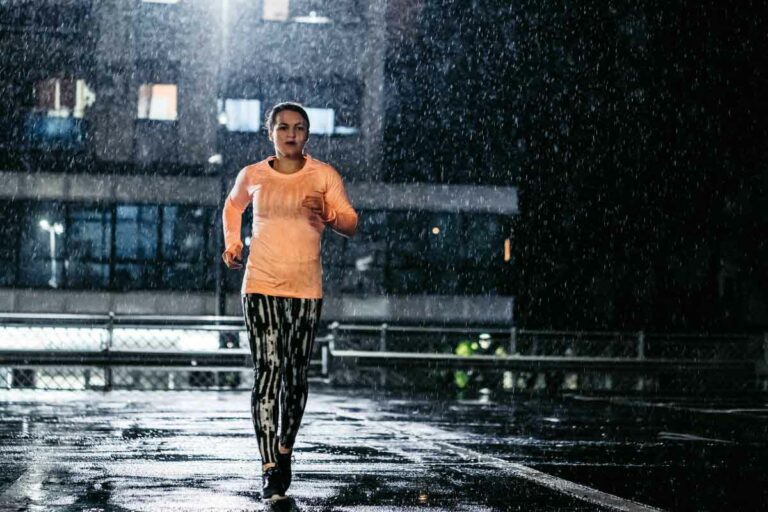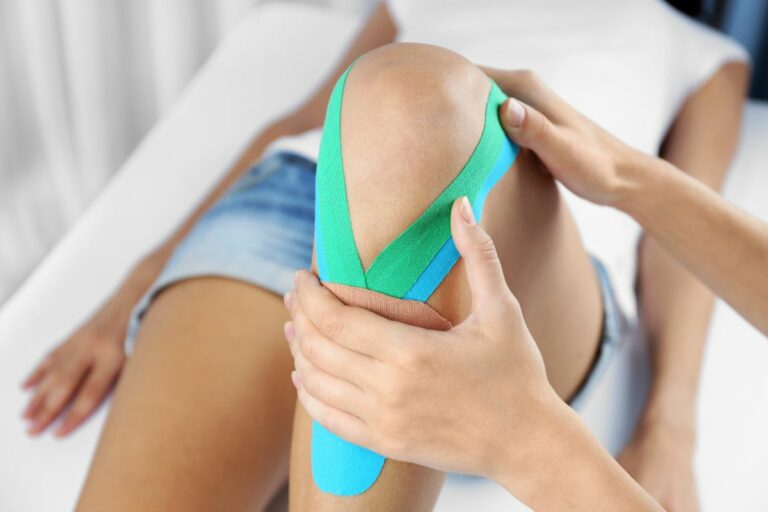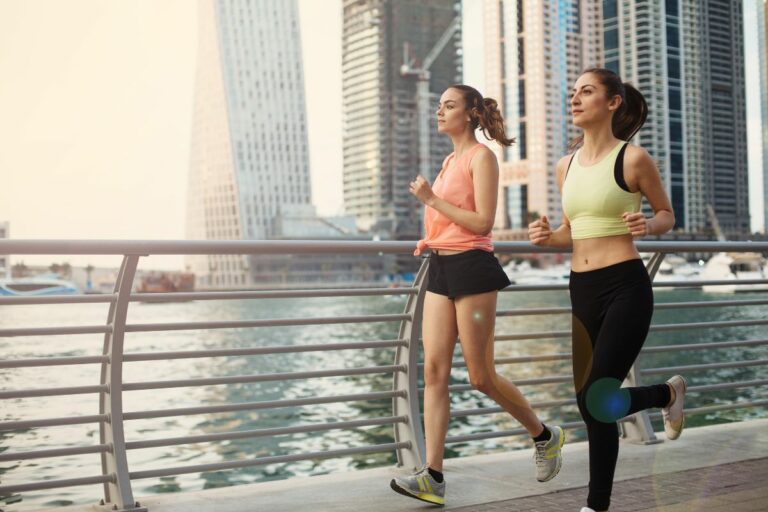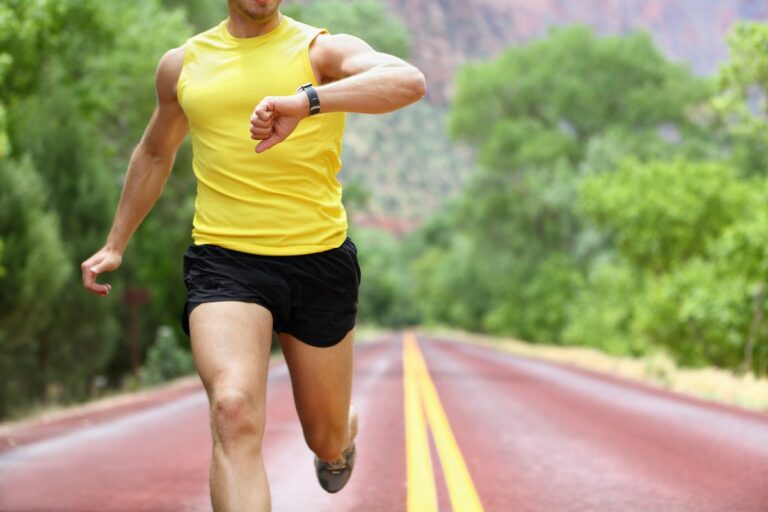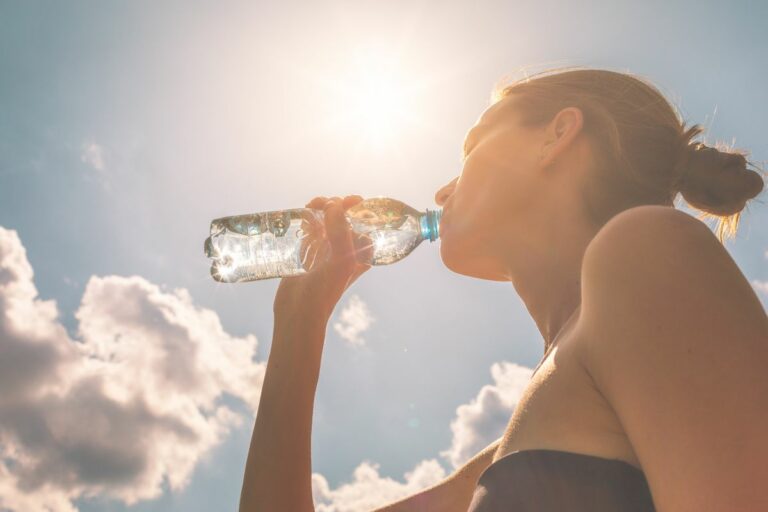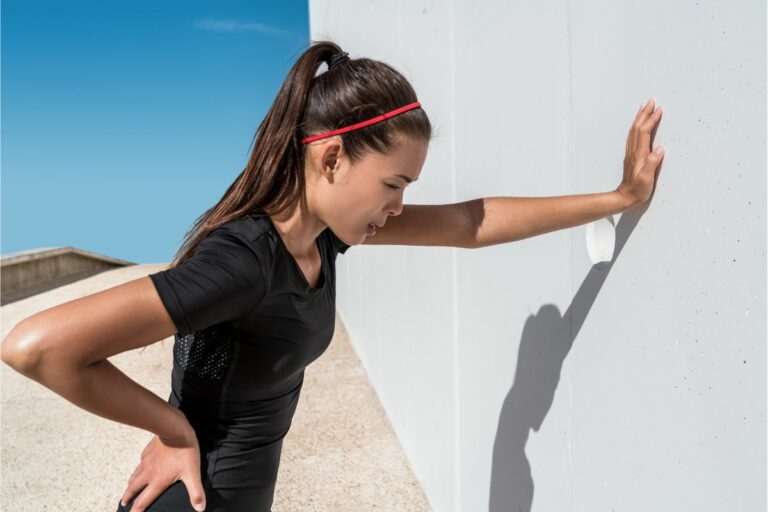Does Trail Running Build Muscle? How Does It Benefit Your Muscles?

Trail running is a super beneficial exercise that works the entire muscular system, and, subsequently, helps us to feel good about it.
Does Trail Running Build Muscle?
Trail running is a great cardio exercise, especially on uneven rugged terrain. Also, it strengthens your calves, glutes, and legs.
You are working your stabilizer muscles much more than running on a road. Over time, this can lead to muscle gains.
But it does not make your muscle mass bigger like strength training.
Sure, you may not become stacked like Arnie from only trail running, but, without a doubt, you will become a lean, mean, running machine.
One of the best things about trail running is that it is so good at strengthening and toning a wide VARIETY of our body’s muscles.
In particular, though, you will notice the biggest impact on your thighs, abs, and buttocks.
This article has been put together to give you a boost of confidence, knowing you have chosen the right path to a toned body in trail running.
What Muscles Does Trail Running Work?
Learning about the various muscles that trail running works in your body will help you to understand yourself, and improve your performance.
It is also helpful to learn about the muscles that trail running strengthens. You can assess them throughout your fitness program when you go to the gym to increase muscle mass and strength.
Learning which muscles to pay the most attention to while stretching is certainly nothing to be scoffed at either.
1. Abdominal Muscles
Our abdominal muscles (aptly shortened to abs or core) are one of the most important muscle groups in the body. Strengthening your core will help your entire body to function better.
So, when you realize that trail running is a surefire way to strengthen and tone your core, you lace up and start dashing.
While trail running works every abdominal muscle in one way or another, it is the rectus abdominis and the intercostal muscles that it does a serious number on.
The rectus abdominis is a central figure in the abdominal muscles that run along its center line. They are long and flat muscles that help the body move between the ribcage and the pelvis.
The intercostals are a smaller group of muscles that are located between the ribs. They are routinely worked when the body is breathing heavily through a cardio-intensive exercise like running.
Every time that you exhale and inhale, your intercostal muscles are working to make that happen.
The cool thing about strengthening your abdominal muscles through trail running is that it will make you a better runner as a result.
A strong core will improve your posture and minimize the chance of you gaining a injury.
Doing a little core training outside of trail running is a clever idea if you want to really feel the benefits that strong abs bring to sprinting.
2. Hip Flexors
Your hip flexors are one of the most integral muscle groups that get utilized when on the trails.
When running, we are constantly raising our thighs up and the hip flexors help us to do this.
A lot like the abdominal muscles, the hip flexors are actually five separate muscles that work in unison to get the heavy lifting done.
Running trials often involves climbing stairs and steep ascents so even more so than track running, we need our hip flexors on the trails.
The hip flexors are also well acquainted with our abs and thigh muscles, with all three muscle groups working together.
It is, therefore, safe to say that strengthening these three muscle groups is what trail running will do for you.
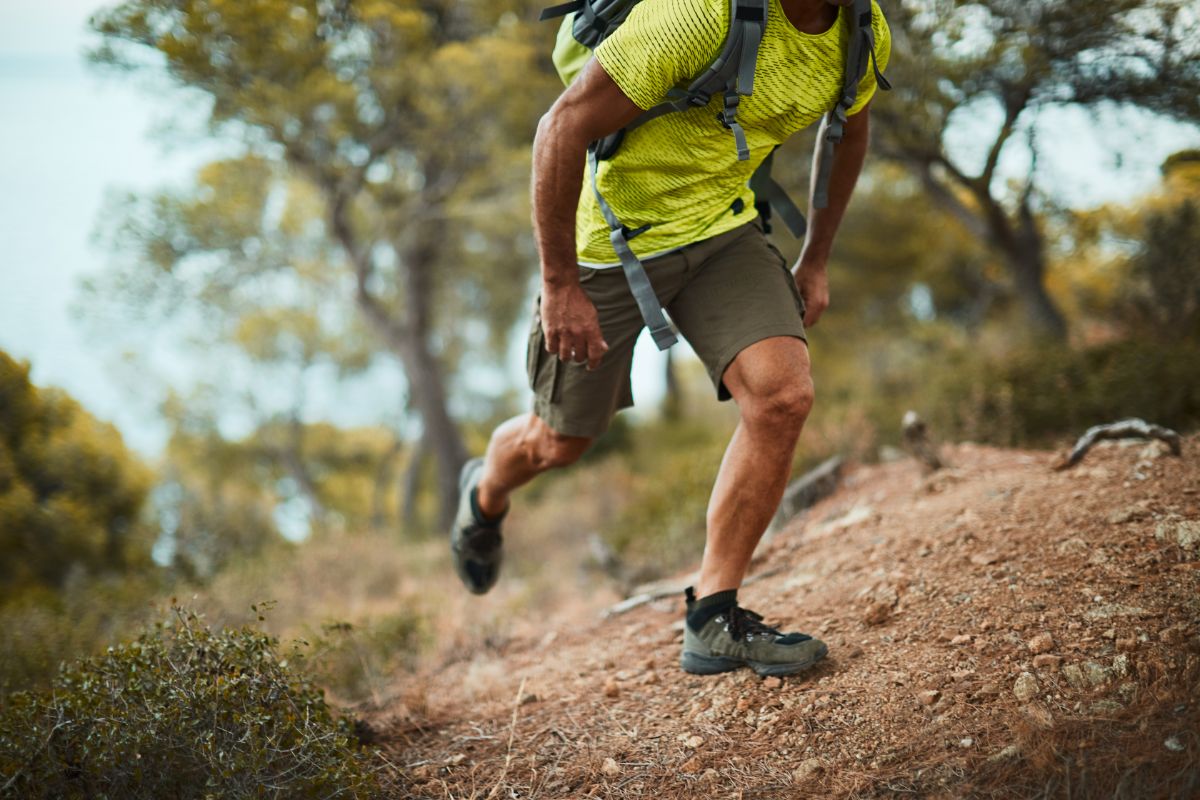
3. The Glutes
Everybody knows where the glutes are located, they are located on the buttocks.
The glutes are a group of three muscles that consist of the gluteus minimus, gluteus medius, and the gluteus maximus.
Running is a great exercise for strengthening the entire muscle group because every time you take a step, they are engaged.
When you are sprinting up an incline, however steep, this is when the glutes are engaged and contracted the most, which means they are getting the biggest workout.
Proficient trail runners all have powerful glutes as these are one of the key muscle groups to help us propel forward with speed.
Though the gluteus minimus and medius are important in their own rights, it is the gluteus maximus that reigns supreme in importance.
The largest muscle in the body, the gluteus maximus can be seen as an engine room for trail running and life.
4. Leg Muscles
As you could have probably guessed, the muscles in our legs are a huge part of trail running. Without strong leg muscles, trails will feel incredibly taxing and the risk of injury will be high.
From the quadriceps and hamstrings in the thigh to the muscles in our calves, you will want to ensure that you never push further than your leg muscles are telling you.
What we mean by this is don’t go and tackle a 20-mile trail littered with steep inclines if your leg muscles aren’t well accustomed to many miles of trail running.
Let your leg muscles gain strength first before you increase the number of miles and experience level of the trails that you undertake.
5. Upper Body Muscles
Though there is no denying that our leg, abdominal, and hip flexor muscles get the biggest workout when on the trails, you will be pleasantly surprised that your upper body is getting a workout too.
In particular, it is our pectoral and bicep muscles that will feel the effects of a decent trail run.
The shoulder muscles (known as the deltoids) will also get a decent workout from the swinging motion of your arms while you run.
Last but certainly not least, our back muscles engage while trail running, giving them a little workout in their own right too.
The Bottom Line
So there you have it. The five muscle groups of the body that get the biggest workout from trail running.
It goes without saying that a little additional strength training on the side of your trail running will help you to push further for longer.
Crushing miles is the goal in trail running, and strengthening each key muscle group will help you to smash your PBs and keep you in the game, injury free.
If you are looking for nice running trails in your city, check our guides on the best running trails in different cities in the US.

